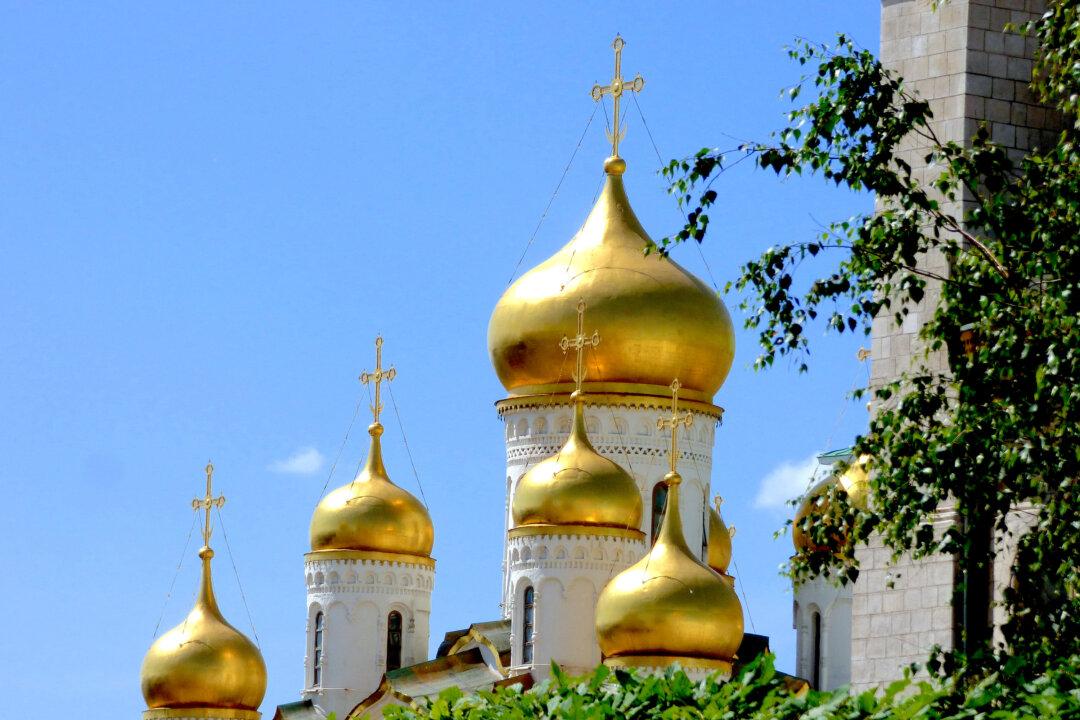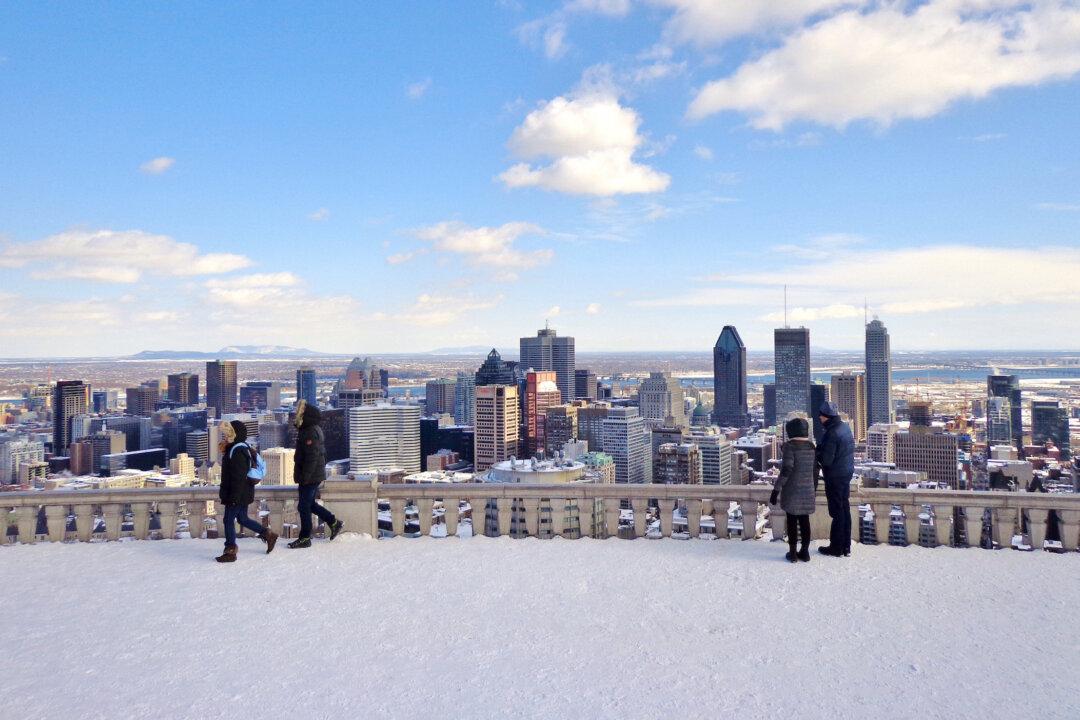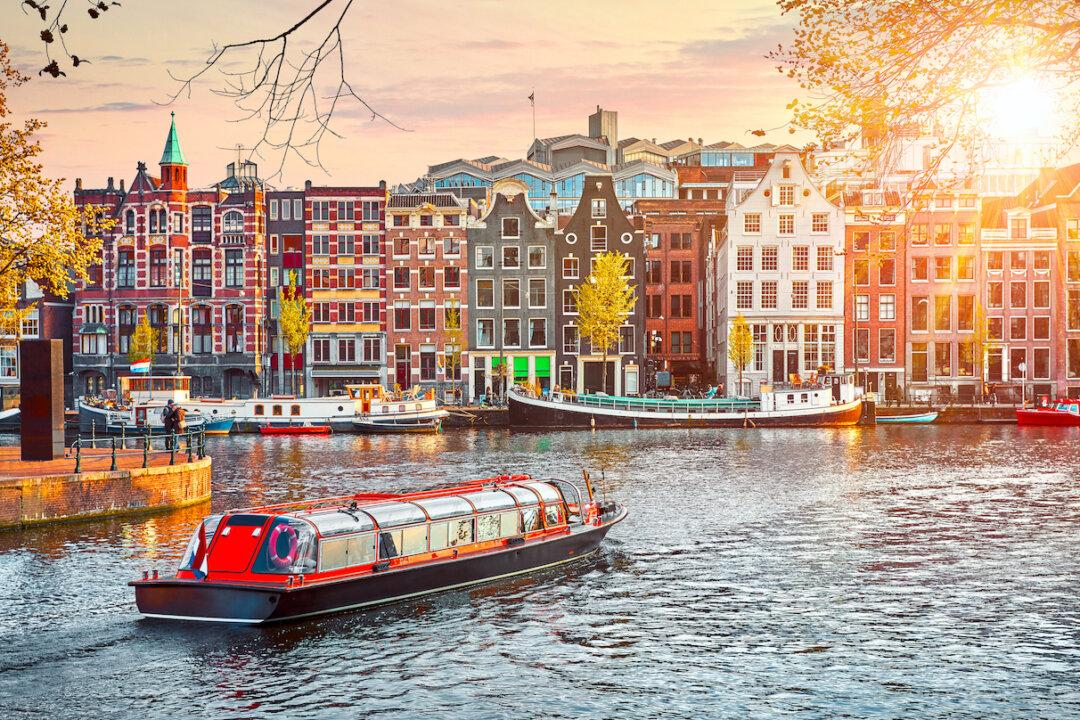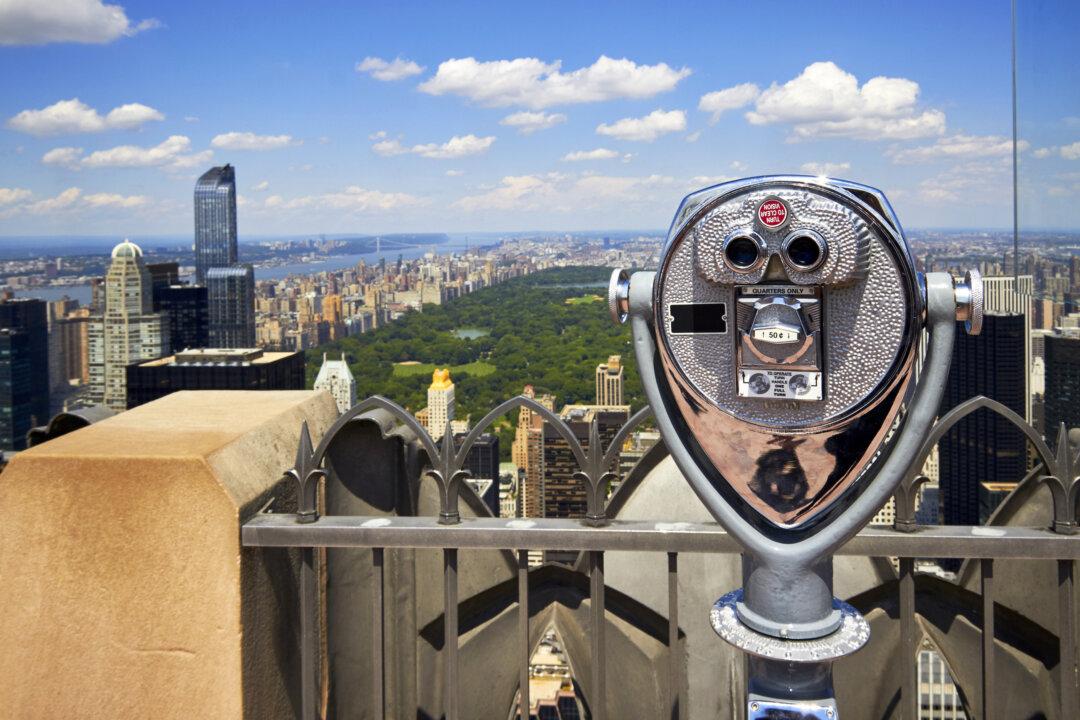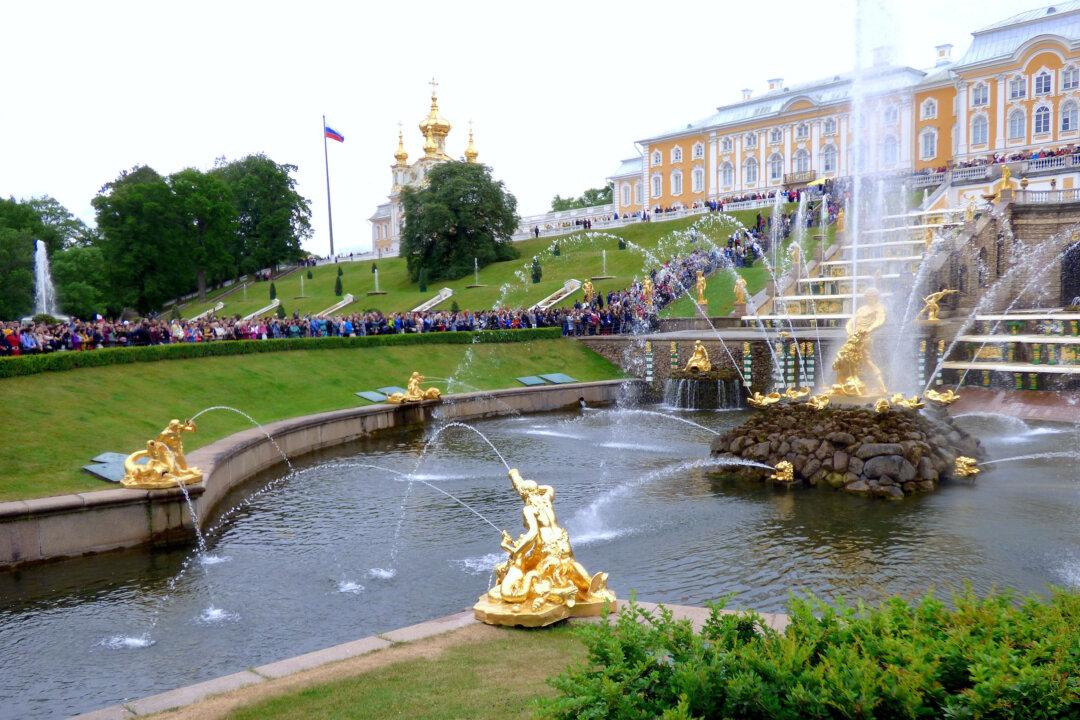With an air of anticipation and excitement we landed in Moscow, the departure city for our “Waterways of the Tsars” Viking River Cruise. The warm spring temperatures, brilliant blue skies, and extended daylight hours of mid-June—referred to as White Nights—enhanced our first visit to the Russian capital.
While most theorists agree that the name Moscow derives from the Moskva River, our Viking guide suggested an alternate romantic theory. He claimed the original name came from Prince Musco and his reportedly cherished and beautiful wife, Via; ergo, Muscovia. Although this version is of little historical credence, whichever is correct, there is no disputing the fact that Moscow has had a storied past of wars, plagues, famines, and fires since its recognized official founding in 1147 by Russian Prince Yury Dolgoruky.

